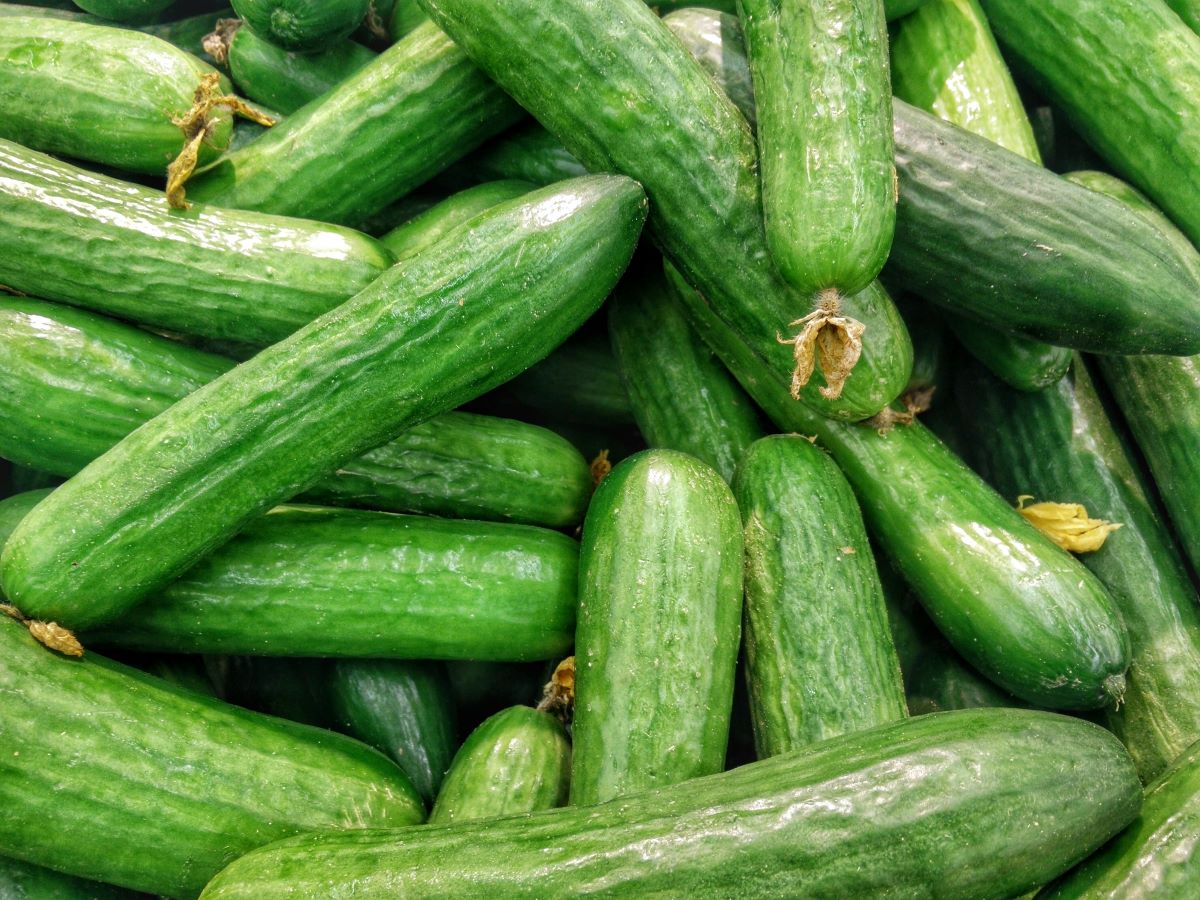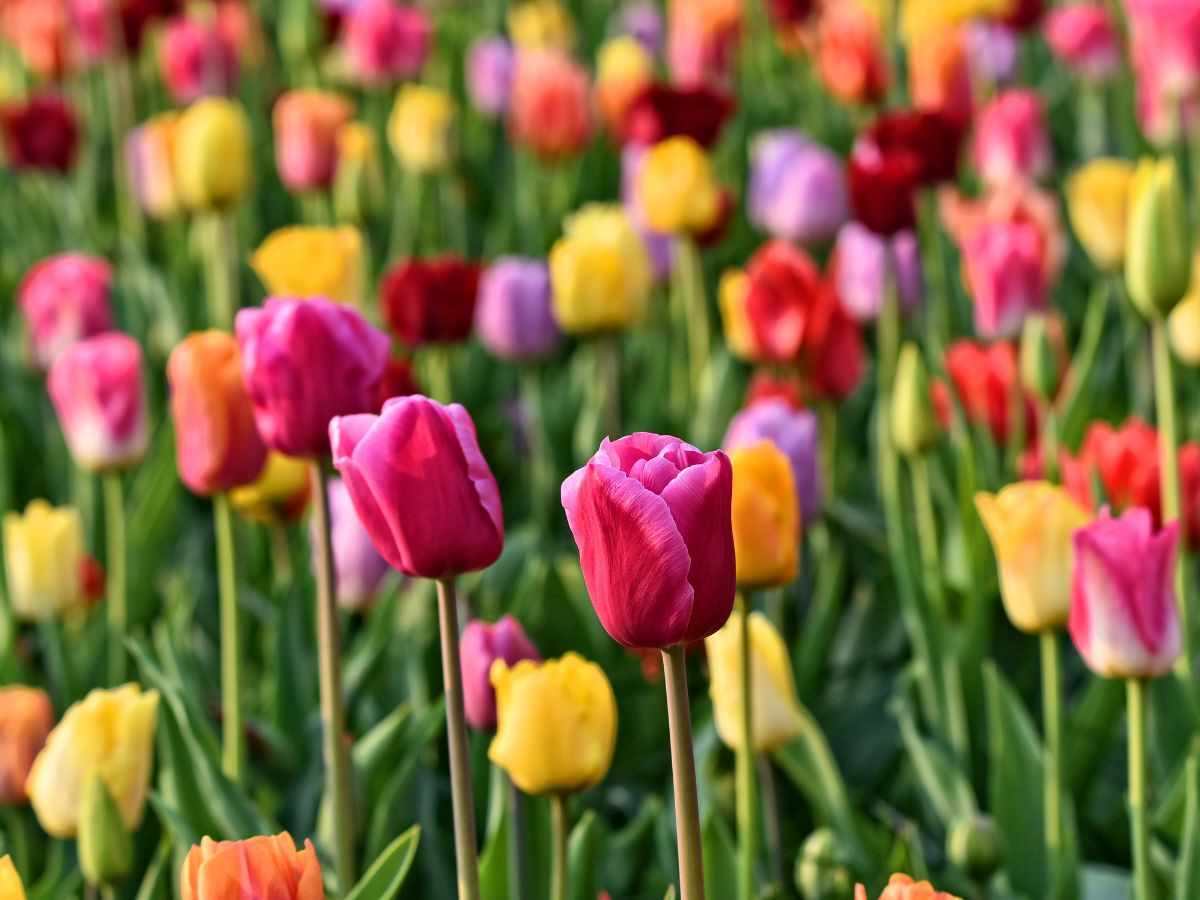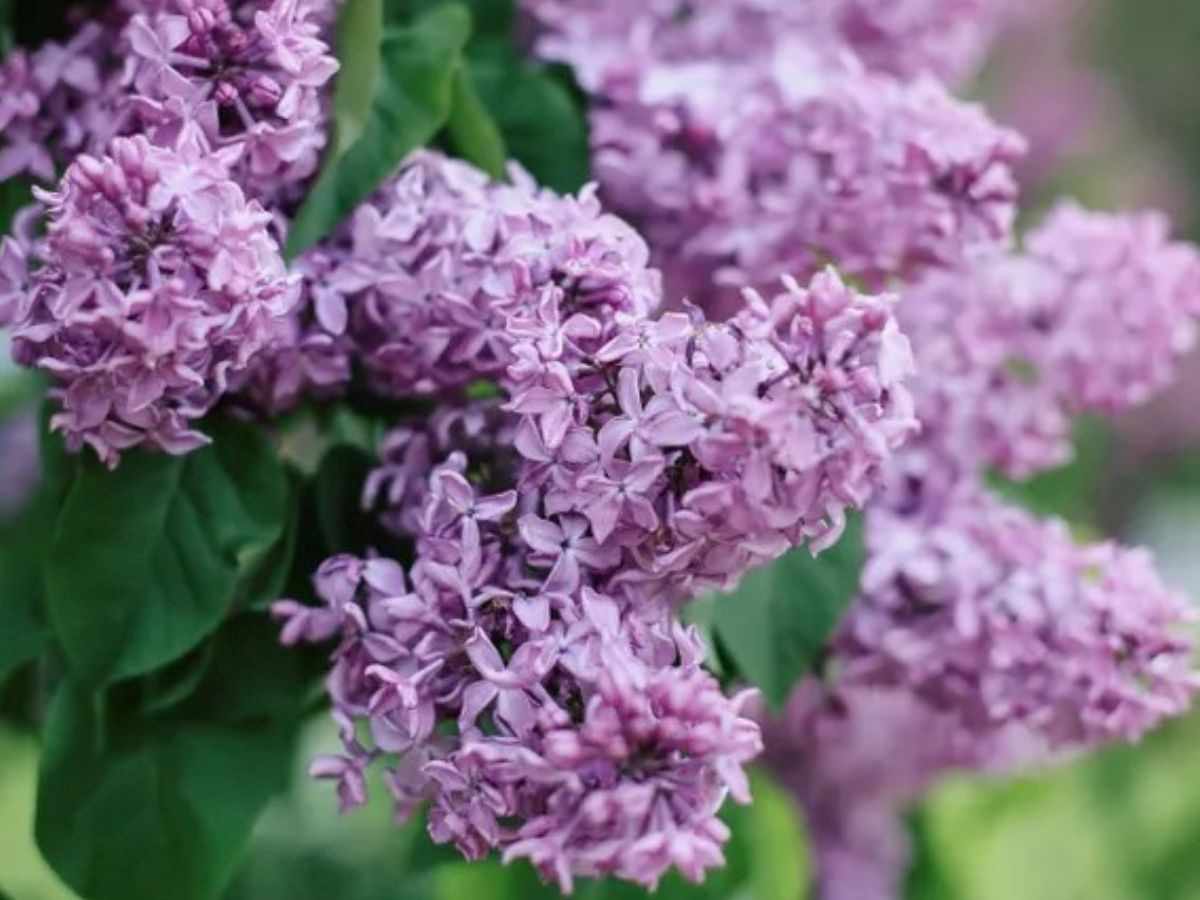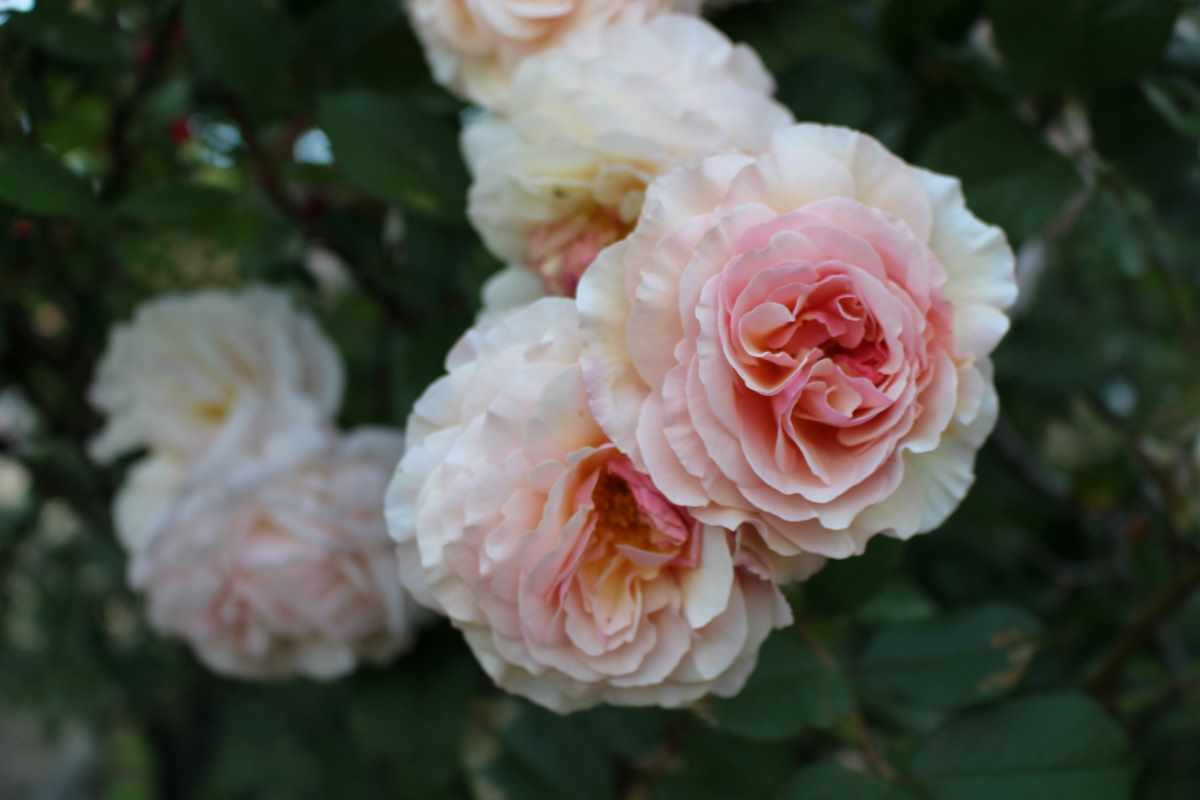Learn how to grow cucumbers in this step by step guide. From seed to harvest. Cucumbers are a wonderful addition to your garden. You can preserve them through fermenting, pickling, or freeze drying. You can add them into salads, and even cook with them.
How to Grow Cucumbers From Seed to Harvest
Depending on the variety, most cucumbers are fast and heavy producers, as long as you continue to harvest them.
- If you are starting with a 50 or 60 day variety cucumber, you can start the seeds directly in the ground. If not, you might need to start the seeds about 3 to 4 weeks before your last frost date.
- To start seeds indoor, plant seeds in a moistened seed starting mix that is placed either into cell trays, or individual 3 to 4 inch pots. Sow 2 to 3 seeds in each cell or pot, and thin the weaker seedlings after they germinate and grow a bit. Follow the link to Learn more about seed starting indoors.
- Once seedlings develop their first true leaves, which are the leaves that resemble true cucumber leaves, or their second set of leaves, you can begin to fertilize them with an organic fertilizer. To fertilize young seedlings, fertilize at half strength or the dosage recommended on the fertilizer packaging of your choice.
- Harden seedlings before transplanting outside by placing them outside for 1 to 2 hours for the first day, and slowly increasing that time each day by 1 to 2 hours, until they can survive the entire day outdoors.
- Transplant seedlings after all danger of frost is gone. Cucumbers are very sensitive to frost and cold temperatures. They prefer temperatures between 70 to 90 F.
- Provide cucumbers with a good organic fertilizer and compost.
- Provide cucumbers with a supportive trellis to climb on. You might need to help the cucumbers by directing the vine to grab onto the trellis.
- Keep the soil moist as cucumbers do not like to dry up. They turn bitter and tough if not enough moisture is provided. You can mulch the soil to keep it moist.
Harvest and After Care
- Harvest cucumbers at the early stages of their growth. They are best when they are still small. Some varieties can stay very tender even when they get extra long. Check which variety you have, and the ideal harvest time for that variety. I like to harvest most cucumbers when they are around 4 to 6 inches long and 1 inch wide.
- Do not allow cucumbers to grow too large on the vine. If you do, the vine will stop producing cucumbers for you. It’s main concern would be to produce seeds. It will continue to grow that cucumber and mature it until the vine dies. It may produce a few here and there, but not much. Remember that any plant is trying to survive. By picking the cucumbers young, you are forcing the plant to continue to produce for you because its main goal is to produce seeds. Once it reaches that goal, it stops producing.
- If your cucumber plant gets too bushy, you can prune some of the side shoots to keep the plant at a manageable size.
What is The Best Way to Grow Cucumbers
Grow cucumbers in a soft loamy soil. Cucumber plants like a well draining soil, but they also like to stay moist. As most plants, cucumbers prefer a rich soil. So be sure to amend the soil with some good organic compost, and fertilizer.
Do not focus on too much nitrogen, otherwise you will end up with a large amount of foliage and little fruits. Rather, provide cucumber plants with a well balanced organic fertilizer that focuses more on potassium and phosphorus, and a bit less on nitrogen.
Plant cucumbers in a full sun location that receives 6 to 8 hours of sun light or more, as they are sun lovers.
You will also need to provide cucumbers with some good support such as cattle panel trellising, or a kind of net that cucumbers can climb onto.
Fertilizer cucumbers at the beginning of the season and mid season as they tend to lull during the heat of the summer. So giving them a boost of fertilizer will give the plants some new vigor and allows them to keep going.

How to Keep Cucumbers Healthy
Cucumbers face many battles during the growing season. It could be powdery mildew, blight, blossom end rot, cucumber beetles, and a slew of other problems.
The best way to battle diseases is to have a healthy soil, and a healthy plant. However, if you end up facing some of these diseases, you might be able to fix the problem.
Give your cucumber plant a good pruning in the affected areas making sure to clean the pruners with sum rubbing alcohol between each stem.
If you are facing a fungus problem, you could spray your cucumber plants with an organic fungicide, after pruning it. The problem most of the time lies in the soil. So make sure to keep your soil healthy, and your plants are most likely going to stay healthy.
If you are facing cucumber beetles, you can spray the plant with diatomaceous earth, which is an organic solution to many insects. Or, you can also spray with BT (Bacillus thuringiensis) which is a soil born bacteria that kills insects after they digest it.
How Much Space Do Cucumbers Need
Cucumbers need about 12 to 18 inches between each plant. But since they are a trellising plant, you may be able to plant them a little closer if you perform some pruning on them. Remember however, that the closer you plant them together, the more water you will have to provide them with because of the amounts of roots in that one location.
You might be able to plant cucumbers in a pot as well, if you provide the plant with some sort of support like an obelisk, or a vertical trellising system.
Why Are My Cucumber Leaves Turning Yellow Around the Edges
There are many reasons why cucumber leaves turn yellow, some of which are insects, diseases, and nutrient deficiency. However, the case of leaves turning yellow around the edges, is usually a sign of potassium deficiency. You can fix this problem by providing your plants with some potash, or a well balanced organic fertilizer.
Other signs of yellowing are iron deficiency. This occurs on new leaves. Usually the veins in a leaf are dark green, and the rest of the leaf would be yellow or very light green in color. In that case, your soil might be too alkaline which is the root cause of this problem.
To help your plants in absorbing iron, you can add some soil acidifier around the root of the plant. Cucumbers prefer a PH level of 6 to 6.5 which is slightly acidic. If your soil has a higher PH. The plants will have a difficult time absorbing nutrients from the soil.
Other signs of yellowing could be the cause of aphids, spider mites, cucumber beetles, and all sorts of insects. These insects feed on the sap of plants which causes the plants to yellow. Sometimes they transmit diseases to the plants which then cause the plants to yellow and on some occasions die.

How Do I know My Cucumber Is Ready to Pick
Most cucumber plants begin to produce fruits between 50 to 70 days. Young cucumber fruits usually are still attached to the flower that they came from. Once that flower falls off and the cucumber plant is at about half inch in thickness, the cucumber would be ready to pick at any time after that. It is all up to your preference.
Very young cucumber plants that are half inch in thickness make great small pickles. However, if you prefer larger cucumbers, you can wait until they are about one to one and a half inch in thickness. Cucumbers should be firm, and generally dark green in color when harvested.
Any cucumber that has become soft, dented, yellow, or has a very tough outer skin, you should toss that out or allow it to go to seed.
Sign Up to Our News Letter!
Pin This Post!

More Gardening and Recipe Related Topics
How To Make Napa Cabbage Kimchi
Shop This Post
Well balanced organic fertilizer
Disclosure Policy
Disclosure: Some of the links in this post are “affiliate links”. This means if you click on a link and purchase the item, I will get an affiliate commission. It will not cost you any extra money, but it will help me pay for this website, and it will help me to keep providing you with helpful articles such as this one. I only post links to products that I personally use and love, or to products that I wish I could have, and that could be of value to you. The information that I provide you with, my blog, videos, and many resources are free.





Be the first to reply